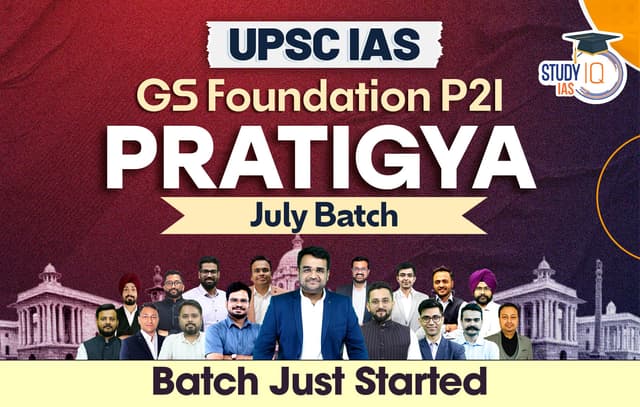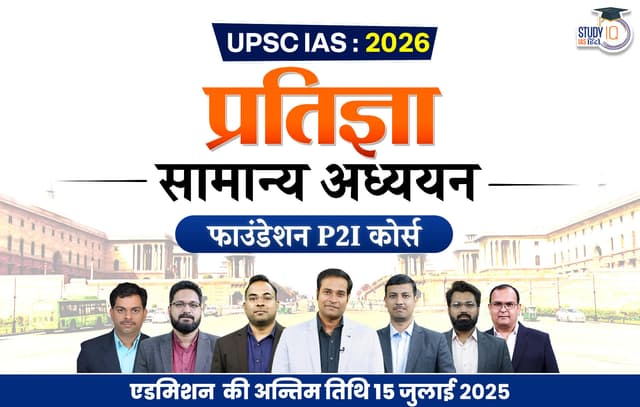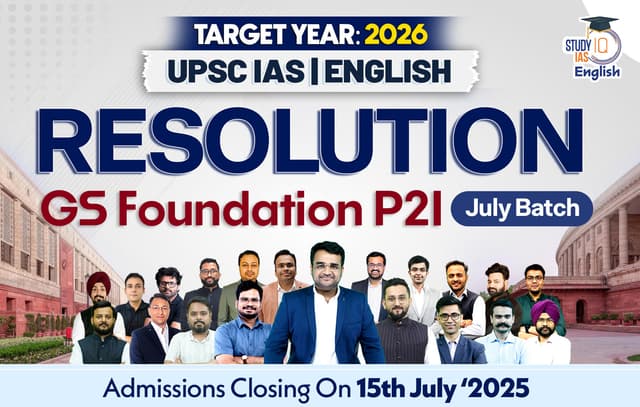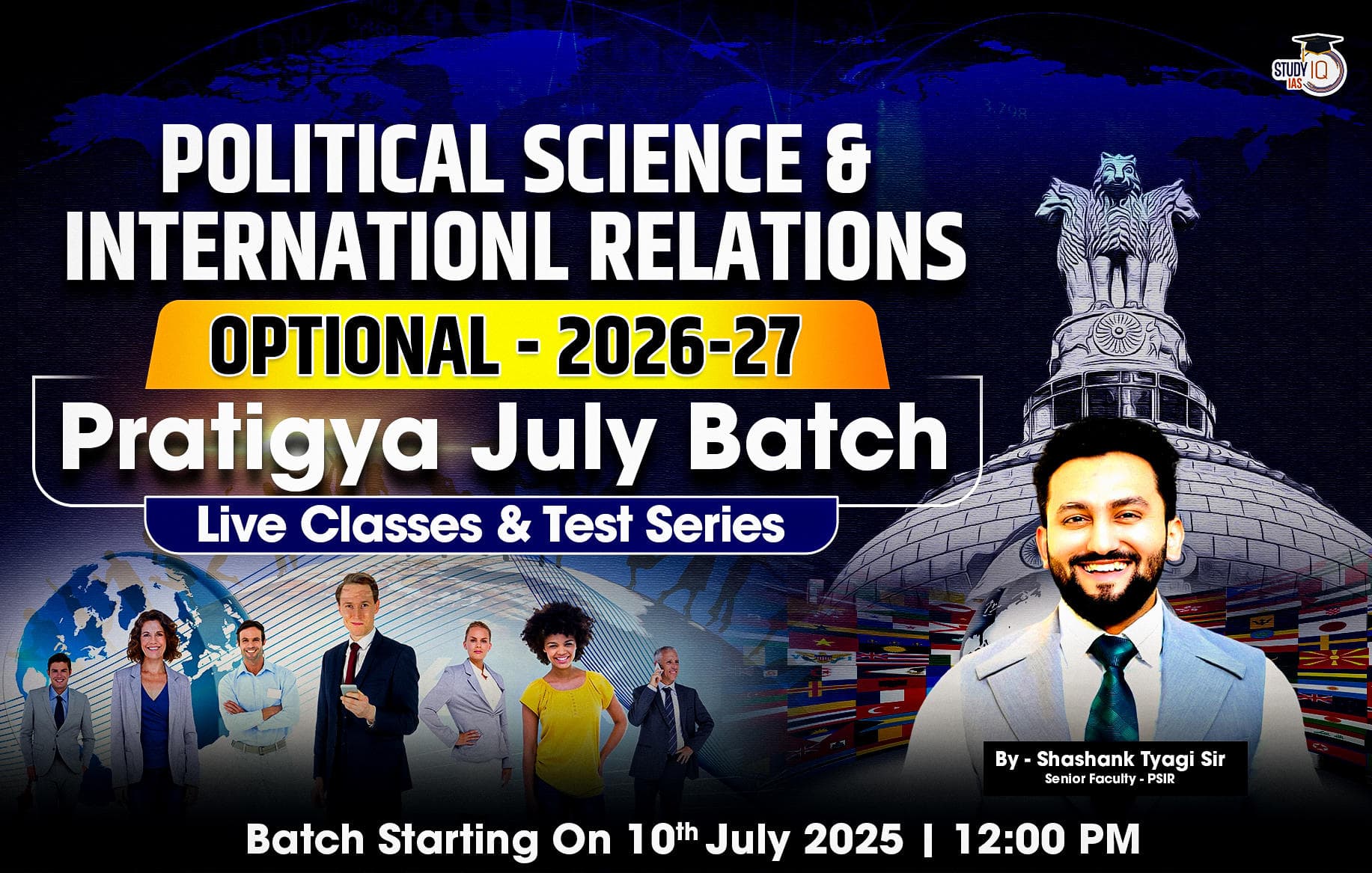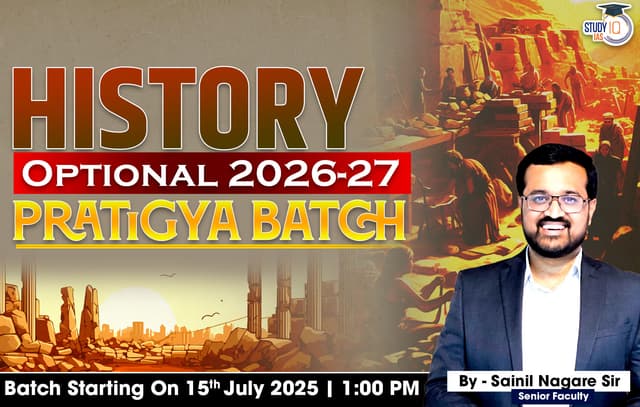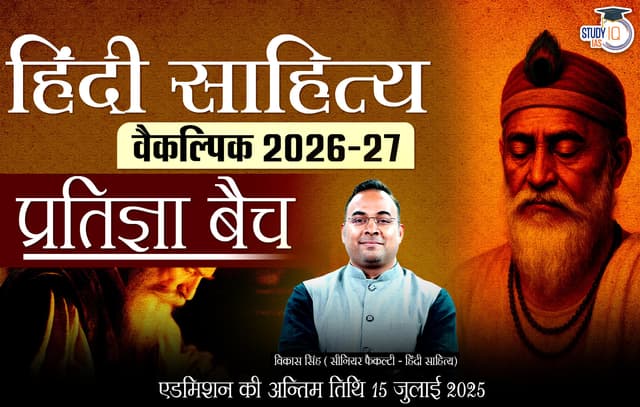Table of Contents
Context: A recurring demand from a section of Indian farmers is that India should exit the World Trade Organisation (WTO).
Why Are Indian Farmers Demanding Exit from WTO?
Limits on Minimum Support Price (MSP) & Subsidies
- WTO’s Agreement on Agriculture (AoA) restricts India’s MSP and other support to farmers.
- The External Reference Price (ERP), fixed based on 1986-88 prices– only 10% of the total value of agricultural production as subsidies, does not account for inflation, making India’s MSP seem excessive in World Trade Organisation (WTO) calculations.
- Farmers believe these restrictions hinder their right to secure a legal guarantee for MSP.
Threat from Cheap Imports
- WTO promotes free trade, leading to the import of cheaper agricultural goods from developed countries.
- Eg., India faces cheap dairy imports from New Zealand and oilseeds from Argentina, which harm domestic producers.
Lack of Fair Market Access for Indian Exports
- Developed nations impose non-tariff barriers (e.g., strict quality standards, and sanitary measures) that restrict Indian agricultural exports.
- India struggles to export products like rice, wheat, and dairy due to such restrictions.
Developed Countries’ Unfair Subsidies
- The U.S. and EU heavily subsidize their farmers (U.S. farm subsidies exceed $100 billion annually).
- This makes their agricultural products artificially cheaper, reducing the competitiveness of Indian exports.
- India cannot match these subsidy levels due to WTO’s trade-distorting subsidy caps.
Restrictions on Public Stockholding for Food Security
- India maintains food stocks for welfare programs like the Public Distribution System (PDS).
- WTO rules limit food stockpiling beyond a certain level, calling it a trade distortion.
- This creates challenges for India’s food security and buffer stock programs.
Lack of Progress on “Special & Differential Treatment” (S&DT)
- WTO promised special treatment for developing countries, allowing them to protect farmers.
- However, developed countries block these reforms while enjoying policy flexibility for their own farmers.
What Can India Do Instead of Exiting the WTO?
Utilize WTO’s “Peace Clause” Effectively
- The peace clause protects India from legal action even if it exceeds subsidy limits for food security programs.
- India should continue using this clause to provide MSP and stockpile food grains while negotiating for permanent relief.
Advocate for Reforming the External Reference Price (ERP)
- India should push for updating the ERP from the outdated 1986-88 levels to current inflation-adjusted values.
- This would make India’s MSP more justifiable under WTO norms.
Increase Non-Trade-Distorting Support
- Instead of relying solely on MSP, India can expand direct income support schemes like PM-KISAN, which are WTO-compliant.
- Other investment-based incentives (e.g., irrigation infrastructure, crop insurance) can also be strengthened without violating WTO rules.
Strengthen Tariff and Non-Tariff Barriers on Imports
- India should strategically use tariff and non-tariff measures to curb excessive agricultural imports harming domestic farmers.
- Sanitary and Phytosanitary (SPS) measures can be used to set higher quality standards, restricting unfair imports.
Secure Bilateral and Regional Trade Deals
- India should negotiate fairer Free Trade Agreements (FTAs) to reduce dependence on WTO-led global trade rules.
- Eg., The India-UAE CEPA (Comprehensive Economic Partnership Agreement) ensures better export opportunities for Indian agricultural goods.
Strengthen WTO Negotiations Rather Than Exiting
- India should lead coalitions of developing nations to push for fairer agricultural trade policies.
- Strengthening multilateralism instead of exiting will help India shape global trade rules in its favor.

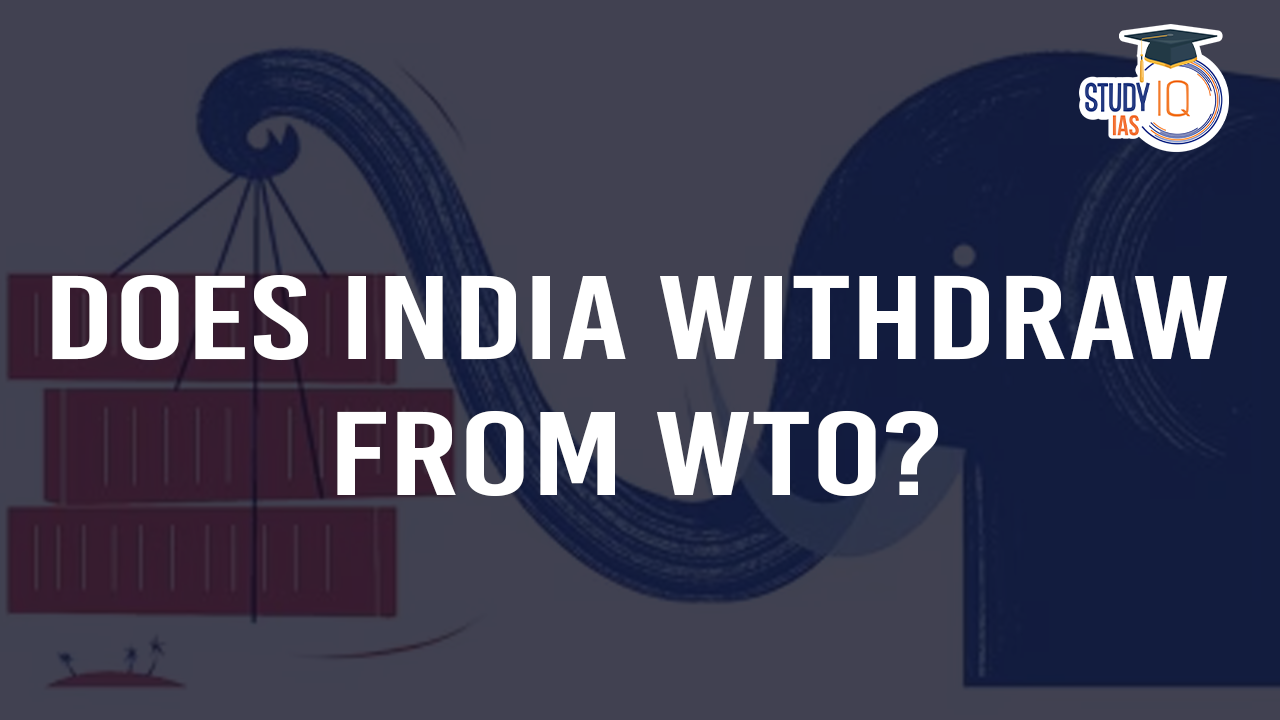
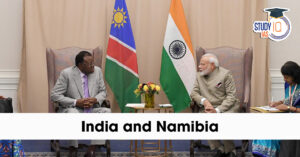 India-Namibia Relations, Key Areas and S...
India-Namibia Relations, Key Areas and S...
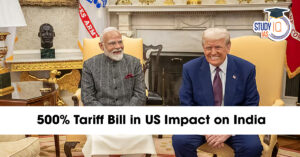 500% Tariff Bill in US: Concerns and Imp...
500% Tariff Bill in US: Concerns and Imp...
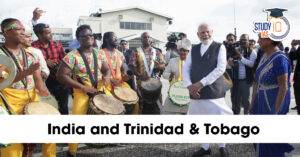 India and Trinidad and Tobago: Strengthe...
India and Trinidad and Tobago: Strengthe...

